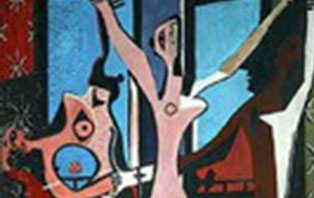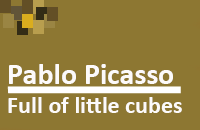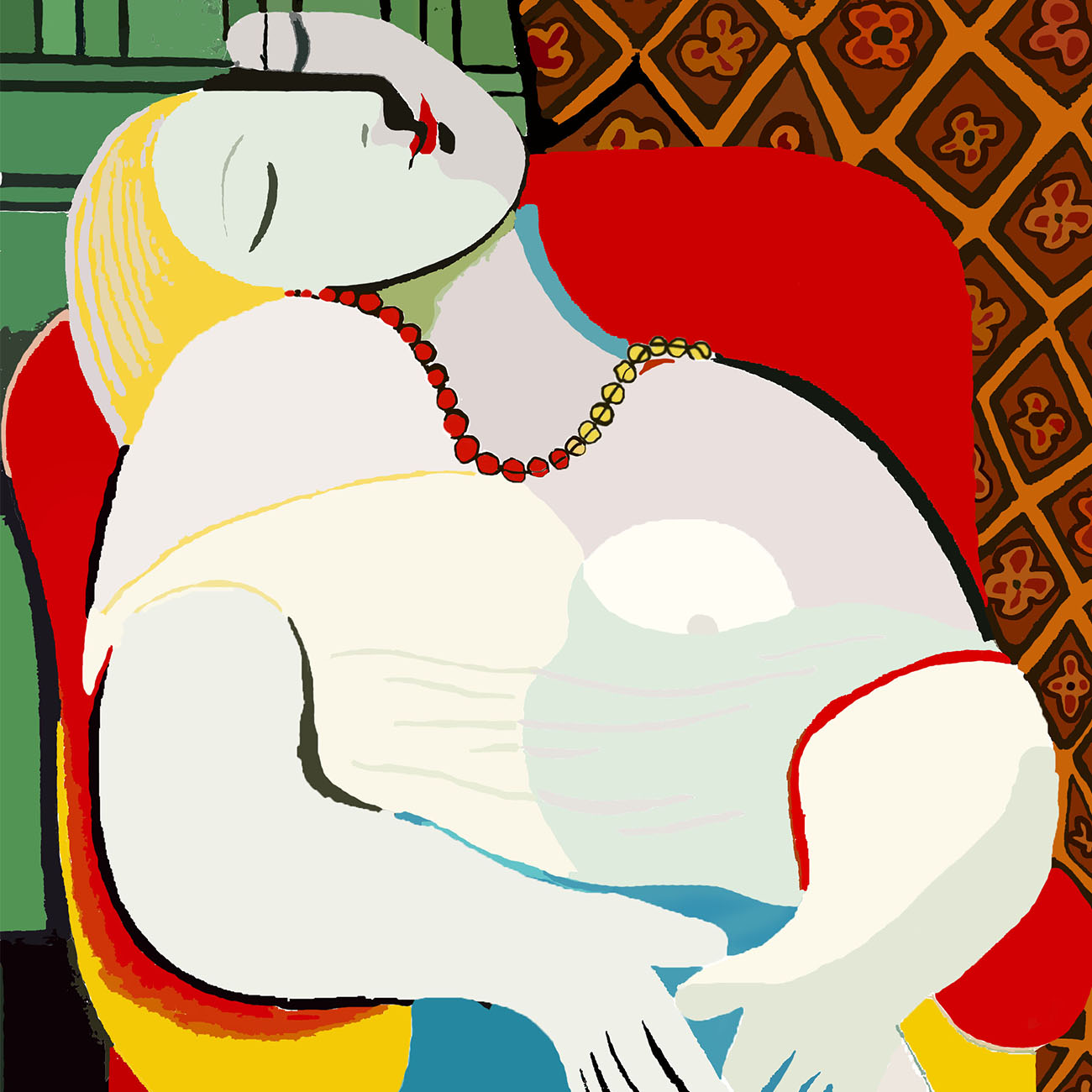Picasso and Surrealism
The two factors triggered at the same time: Picasso’s new muse Marie-Therese Walter, whose “fascinating face” he desiderated to picture, immediately notifying his new female friend that “we will do great things together”, and the closeness to the circle of Andre Breton. It was in the gallery of Pierre in 1925 that Picasso first took part in a group exhibition of the Surrealists (before that, his works were presented at the personal exhibitions only).
The first issue of La Revolution Surrealiste published a photograph of Picasso’s design from 1914, in the second issue there were two pages devoted to the artist’s drawings, and the fourth issue (07.15.1925) published a reproduction of the scandalous "The Young Ladies of Avignon", created 18 years earlier. It was due to Breton that the painting’s canvas was rolled out, retrieved from a dark corner of the workshop and sold to a collector named Jacques Doucet. In an article on Picasso from the same fourth issue, Andre Breton analyzed the causes of own admiration of the artist and concluded that “reality is not limited to what we see”, and that “artist had to grasp the model, or the ‘internal concept’”. The numerous portraits of Marie-Therese that make up the surrealist legacy of Picasso can be called the understanding of the model.
In such paintings as "Woman with a Flower (1932)", "Girl before a Mirror (Marie-Therese Walter) (1932)", "Lying Naked on a Red Cushion (Marie-Therese) (1932)" and others Picasso was exploring his latest model like a child, who disassembled a new toy to see what was spinning and beeping inside it. As a study subject, the body is separated into pieces; the fragments twist and fold in a new way. It is as if the artist is trying to figure what will happen if he puts the pieces this or that way.
However, the flowing lines and “coziness” of Marie-Therese’s portraits do not exclude the emergence of other works, which could be signed with Breton’s credo: “Beauty is either convulsive or it is not there”. The first work in which the artist experimented with sorting of human parts and folding them into new combinations was "Three Dancers (1925)". In 1930, Picasso created another piece full of expression, the "Crucifixion", which is considered a landmark on the way from Three Dancers to "Guernica (1937)".
To summarize Picasso’s seven-year wandering in the wilds of Surrealism: “I paint objects as I think them, not as I see them”.





